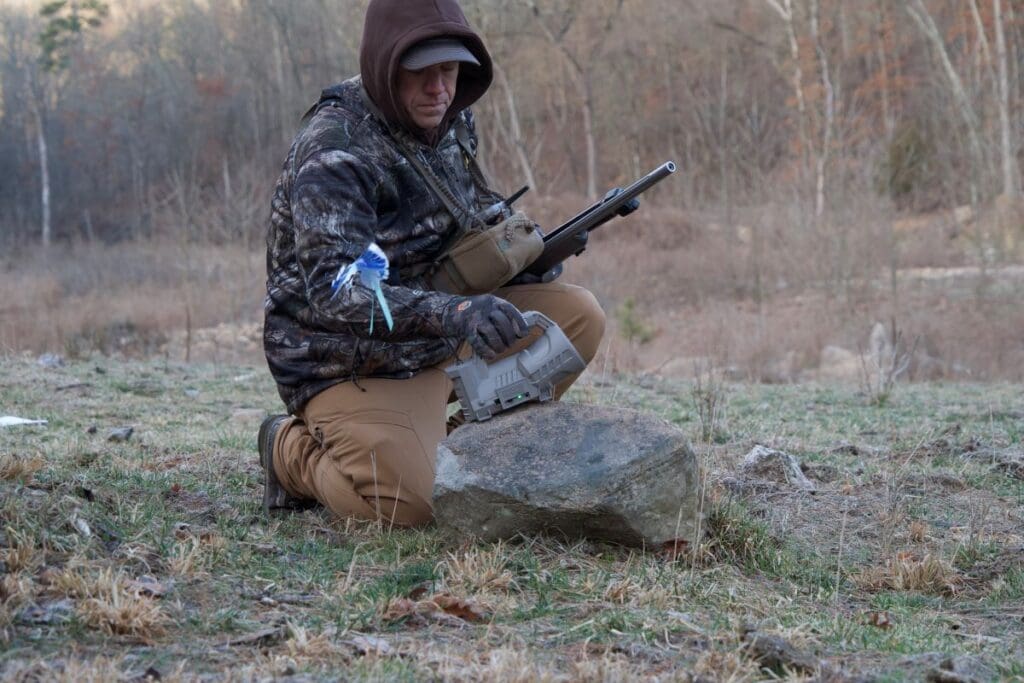As deer season approaches, many hunters wonder how to fill the time until the next big game season. With the excitement of new product announcements from the recent Archery Trade Association (ATA) show, it’s hard not to start looking forward to the next hunting season. While the anticipation for fall builds, there’s a stretch of time between now and the start of spring turkey hunting that can leave hunters questioning how to stay engaged. Fortunately, the post-season is an excellent opportunity to stay active, sharpen your skills, and prepare for future success. In this article, you will find three key tasks to focus on after deer season to get a head start on the 2025 hunting season.
1. Scouting for Next Season
Post-season scouting is one of the most valuable strategies for setting yourself up for future success. For many years, I avoided scouting after the hunting season ended. I often wondered if the deer responsible for most of the activity had already been harvested, whether the deer were still in the area, and if scouting at this time made a difference. These uncertainties kept me from taking advantage of one of the most insightful periods of the year. However, with the pressure of hunting season gone, deer typically return to their natural patterns, making it easier to pinpoint travel routes, bedding areas, and food sources. Additionally, winter weather highlights trails, rub lines, and scrapes that might have been overlooked during the season.
In recent years, hunting apps like HuntStand have been invaluable for recording helpful information that gives me a significant head start before summer, when I ramp up my scouting efforts. This is also an ideal time for hunters to explore new areas, update maps, and strategically position game cameras. Off-season scouting provides a crucial advantage, ensuring you’re well-prepared and know where to focus your efforts when fall arrives. For instance, during this past hunting season, a few friends and I explored new public land destinations in early October. In the coming weeks, we plan to return to those areas to gather detailed scouting information, setting the stage for a return trip in late September as one of our first hunts of the 2025 season.

2. Taking Down Treestands and Blinds
Leaving treestands and blinds out year-round can lead to unnecessary wear and tear, especially in harsh winter conditions. Snow, ice, and moisture can weaken straps, corrode metal, and degrade fabric. Take the time to dismantle and inspect your equipment carefully.
Inspect your gear for rust, frayed straps, or any damage that needs repair, and store everything in a dry place to extend its lifespan and ensure it’s ready for the next hunting season. This is also a great time to adjust stand and blind locations based on what you learned during the season and your post-season scouting. Be sure to mark previous stand locations in a hunting app to easily revisit them next season. Above all, prioritize safety. The only time I’ve ever fallen from a treestand was due to worn straps that had been exposed to harsh elements for too long. During the Missouri firearms season, I was hunting from a ladder stand, enjoying a few hours in the woods. When I decided to end my hunt, I unhooked my safety harness and stood to climb down. Suddenly, snap! The strap securing the top of the stand to the tree broke, causing the stand to roll sideways. I fell about eight feet, landing hard and experiencing knee pain for several minutes. Thankfully, I was okay, but it was a stark reminder of the importance of checking straps before every hunt.
3. Small Game Hunting
Just because deer season is over doesn’t mean you have to hang up your gear. Winter is an excellent time to hunt small game, such as squirrels, rabbits, and upland birds. This type of hunting is not only enjoyable but also a great way to stay sharp.
Tracking animals in the snow hones your observation, and stalking skills while shooting small targets improve your accuracy. Small game hunting also provides an opportunity to introduce younger or inexperienced hunters to the sport in a more relaxed setting. Another option is predator hunting. Calling for coyotes, bobcats, and foxes can be an exciting time outdoors with family and friends during the off-season. Yet, it is also a great management tool to control predators before fawns are born later in the spring.

The end of deer season doesn’t have to mean the end of your time in the woods. By scouting for the next season, properly caring for your treestands and blinds, and enjoying some small game hunting, you’ll stay engaged and ready for whatever the next season has in store. Remember, now is the time to find those shed antlers. Shed hunting is another excellent way to scout for the upcoming hunting season and enjoy more of the great outdoors. Check out my last blog, Winter Shed Hunting: The Perfect Outdoor Activity and Exercise.

